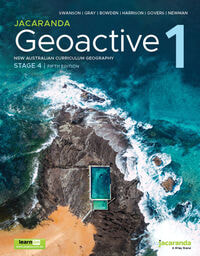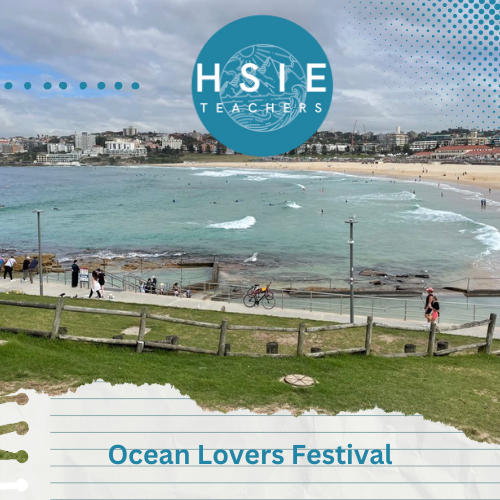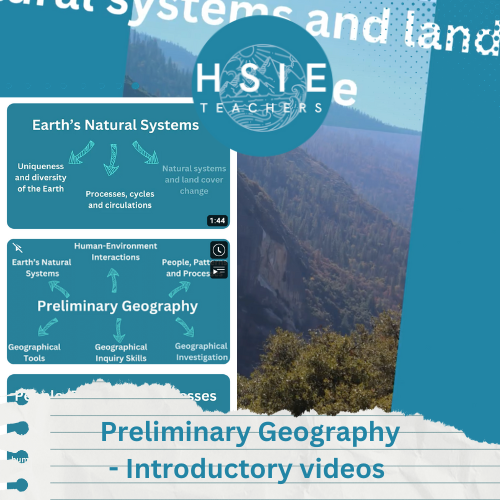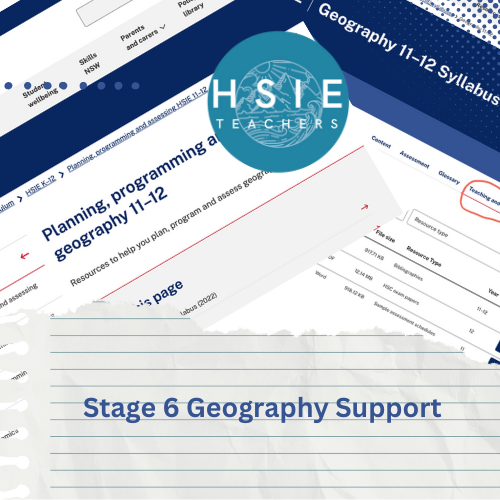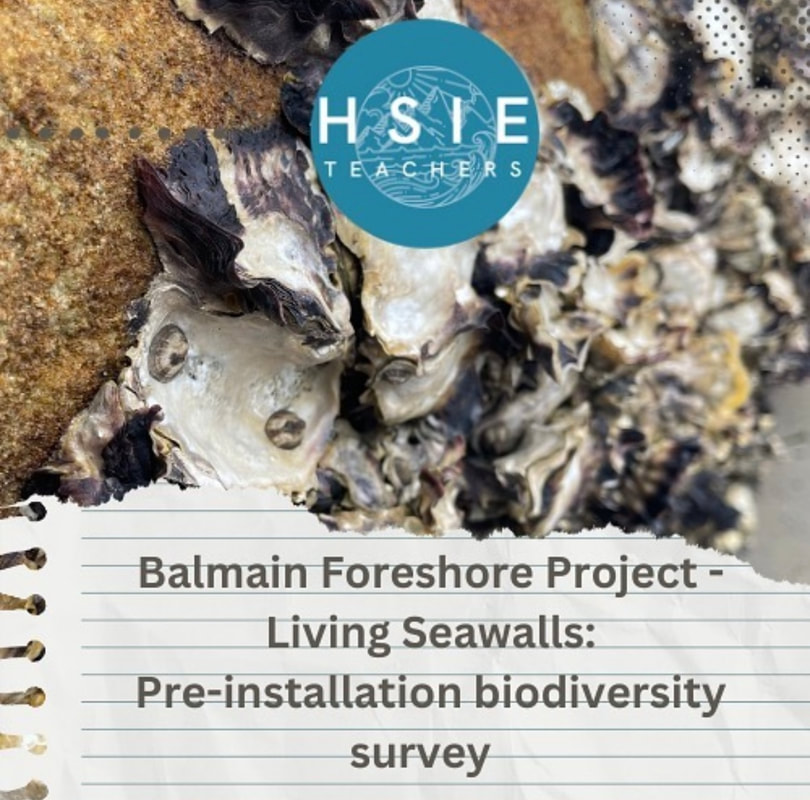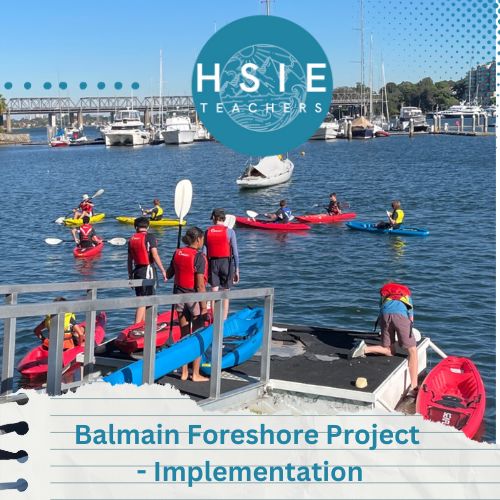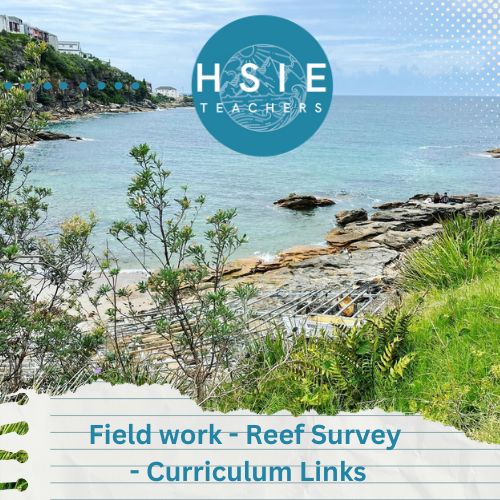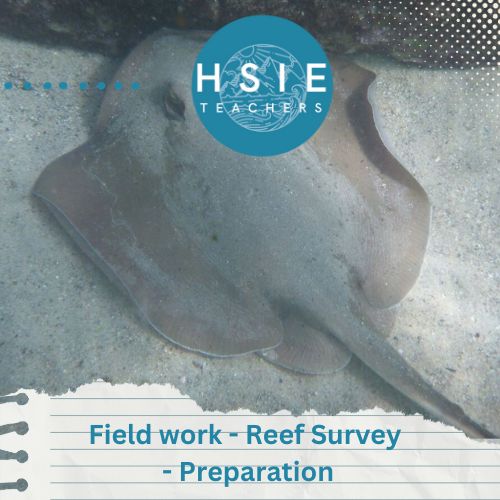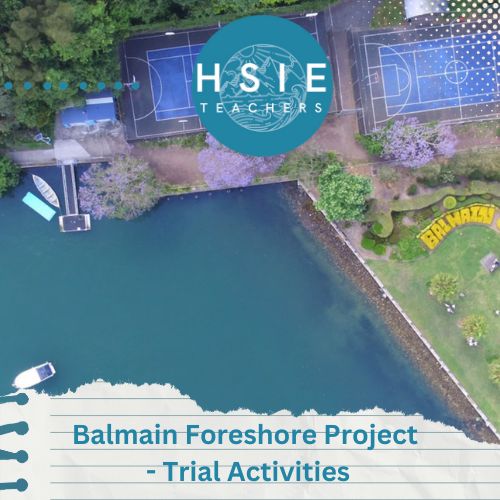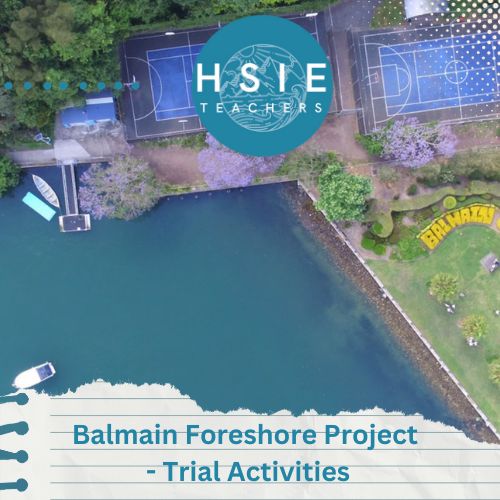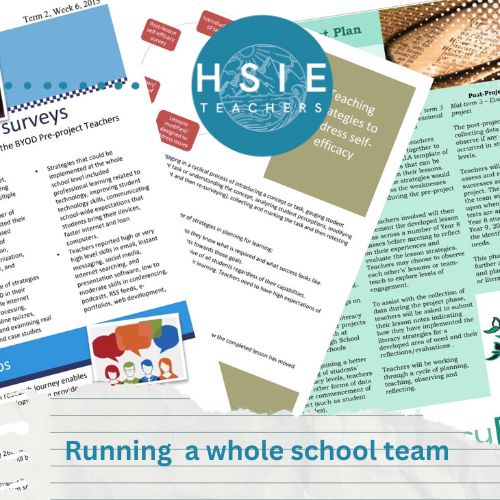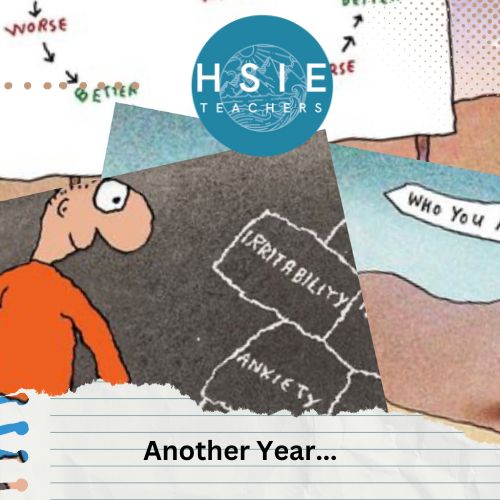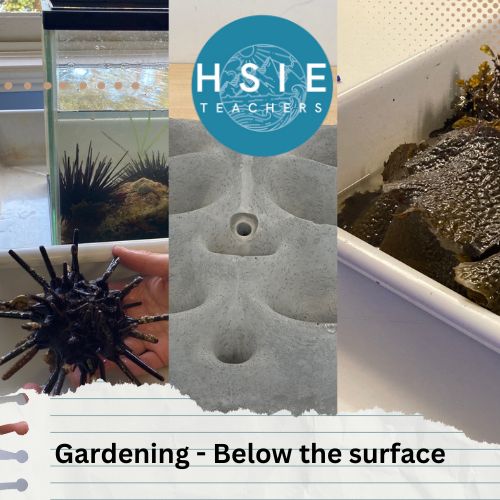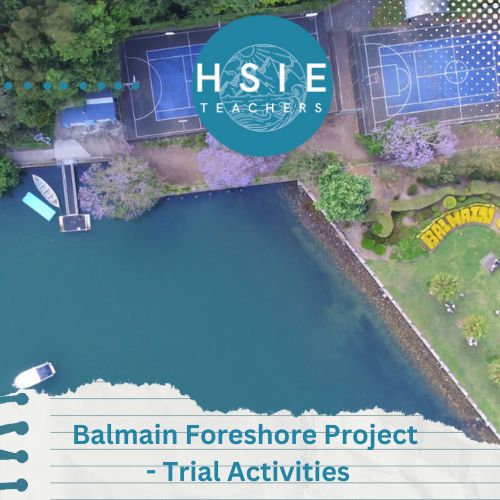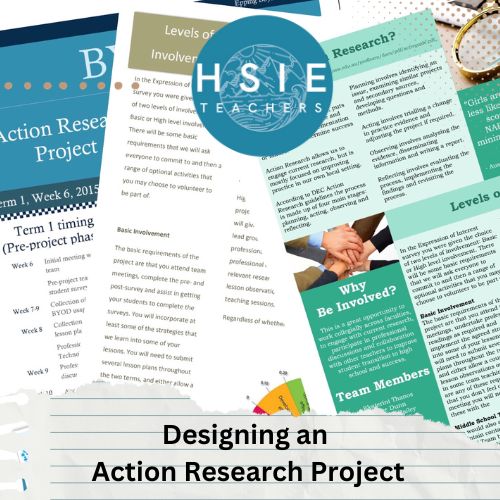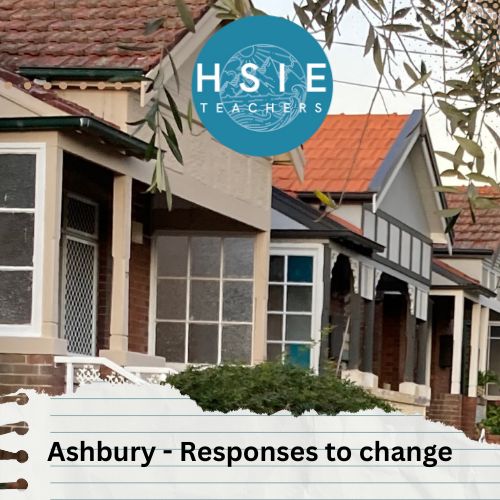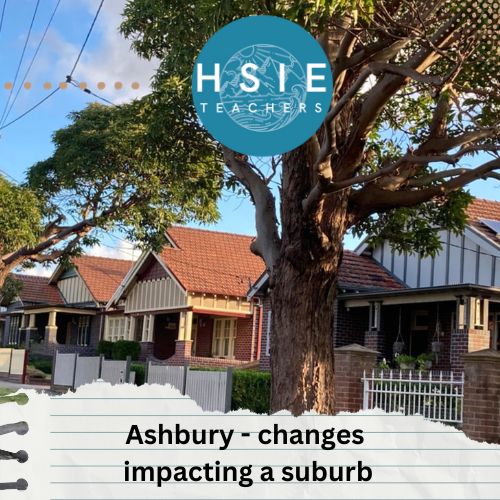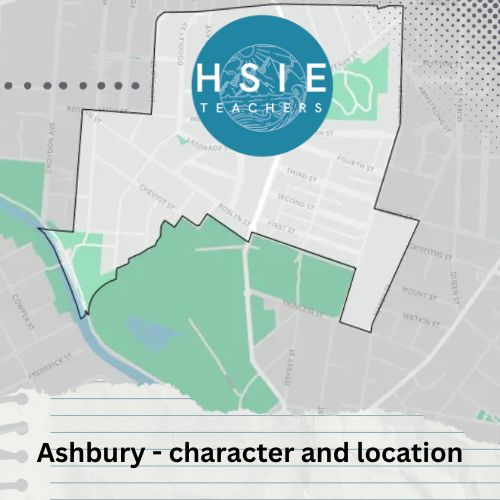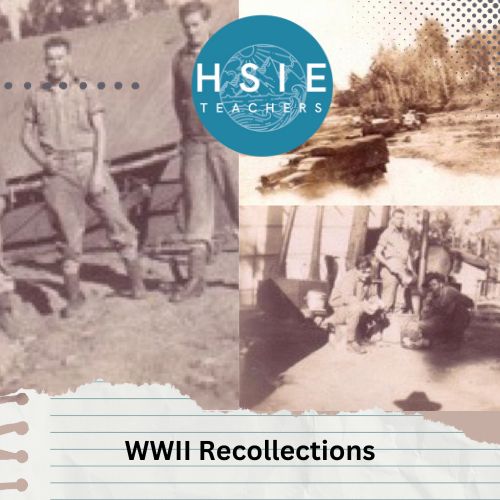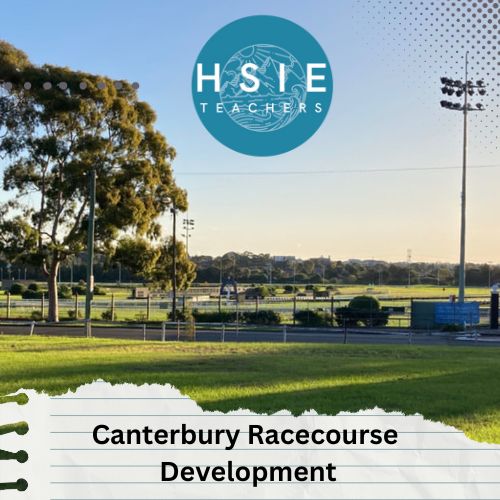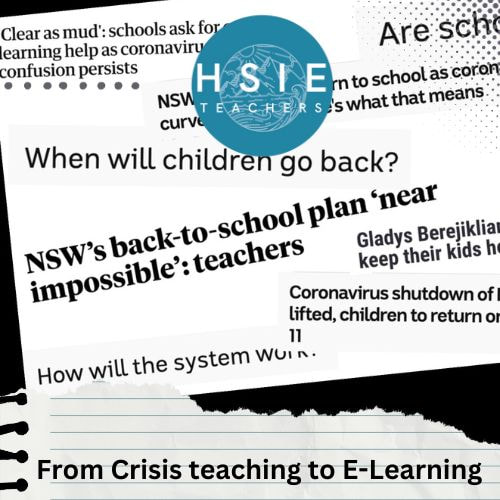|
NEW PRELIMINARY GEOGRAPHY SYLLABUS
To find resources for the new Preliminary Geography syllabus:
- Click on Year 11 Geography button below or the Year 11 tab above, or - Visit the Powerful Geography Authors' blog, or - Check out the Senior Geography playlist on Youtube |
Louise Swanson
Deputy Principal at a Sydney high school. Coordinating author of the Geoactive text book series (7-10), and upcoming Powerful Geography (11-12). |
Latest resources...
|
Ocean Lovers Festival
The 2024 Volvo Ocean Lovers Festival was a five day festival focused on solutions to address issues related to ocean environments. Read more... |
|
Vertical Exaggeration video
Simple, easy to follow instructions on how to do vertical exaggeration. Play the Geographical Tools - Vertical Exaggeration video. |
|
|
Cross Section video
Simple, easy to follow instructions on how to do a cross section. Play the Geographical Tools - Cross section video |
|
|
Synoptic Charts
Simple, easy to follow instructions on how to interpret synoptic charts. Play the Geographical Tools - Synoptic chart video |
|
|
Geographical Inquiry Introductory video
Provide students with an overview of the syllabus for the Senior Geographical Inquiry Play the Senior Geographical Inquiry Introduction video. |
|
|
Geographical Tools Introductory video
Provide students with an overview of the syllabus for the Senior Geographical Tools. Play the Senior Geographical Tools Introduction video. |
|
|
Human-Environment Interactions Introductory video
Provide students with an overview of the syllabus for the Human-Environment Interactions topic. Play the Human-Environment Interactions Introduction video. |
|
|
People, patterns and Processes Introductory video
Provide students with an overview of the syllabus for the People, Patterns and Processes topic. Play the People, Patterns and Processes Introduction video. |
|
|
Earths Natural Systems Introductory video
Provide students with an overview of the syllabus for the Earth's Natural systems topic. Play the Earth's Natural Systems Introduction video. |
|
|
Preliminary Geography - Introductory videos
Use the introductory videos to provide students with an overview of the new Year 11 Geography syllabus. Play the Senior Geography Youtube Playlist. |
|
Balmain Foreshore Project - Launch and 2023 Reflection
Representatives from the Australian National Maritime Museum, Sydney Institute of Marine Science, Living Seawalls, Transurban as well as teachers and students came together for the Balmain Foreshore Launch event. Read more... |
|
Stage 6 Geography Support
Quite a few people have reached out lately about what is available for teachers that are preparing for implementation of the new Stage 6 syllabus right now. Here's some resources that you can get your hands on right away. Read more... |
|
Balmain Foreshore Project - Living Seawalls: Pre-installation biodiversity survey
Our Balmain Foreshore Project continues with a pre-installation biodiversity survey of our school's seawall today. Dr Rosie Steinberg spent time teaching our staff and students how to undertake the biodiversity survey so that it can be repeated over time to assess the effectiveness of the Living Seawall panels in encouraging biodiversity. Read more... |
|
Coastal Geography - The Tyre Mystery Over the last couple of weeks, the Manly Observer has been recording the appearance and removal of an industrial tyre at Long Reef and the actions of mostly young people in the community to relocate it. They removed the sand that had built up inside it to try to make it easier to move, but each time they took out a layer of sand they found a variety of fish, rays and juvenile sharks. Read More... |
|
Balmain Foreshore Project - Living Seawalls
This week we picked up some Living Seawall panels to install on school property as part of the Balmain Foreshore Project. A few months ago our Balmain Foreshore Project team was excited to receive a substantial Westconnex Community Grant for continuation of the Balmain Foreshore Project. As part of the Westconnex Grant, funds have been allocated to purchase and install Living Seawall panels on the seawall on school property... Read more... |
7-10 Geography syllabus feedback - 2023
We're back on the merry-go-round again. I think we are looking at either the fourth or fifth 7-10 Geography syllabus we've had in the time that I have been teaching. The current syllabus could do with some revision (particularly the Water In The World topic), but I'm not sure we are on the right track with the new draft Geography syllabus. On the whole
Read more...
We're back on the merry-go-round again. I think we are looking at either the fourth or fifth 7-10 Geography syllabus we've had in the time that I have been teaching. The current syllabus could do with some revision (particularly the Water In The World topic), but I'm not sure we are on the right track with the new draft Geography syllabus. On the whole
Read more...
|
Balmain Foreshore Project - Implementation
Students in our Year 10 Enrichment class are currently undertaking the Balmain Foreshore Project, a cross curriculum unit of work in Geography and Science. In this iteration of the project, students focused on extent and quality of mangroves in the area. An important part of this project has been making Geography come alive as a subject - engaging students actively in physical activity, getting out of the classroom and engaging in practical activities. Students kayaked.... Read more... |
|
Differentiation with Chat GPT - First Steps
One of the challenges of teaching is ensuring that your lessons are designed in a way that supports the learning of the all the students in your class. In the average classroom you might differentiate for high potential students, lower ability students, and EAL/D students. What role can AI play in supporting differentiation? Let's assume you already have a lesson planned for students .... Read more... |
|
Report Writing - ChatGPT experiment
It's that joyful time of the semester again where everyone is setting and marking a lot of assessments and writing junior reports. Tensions are high, patience is low and sleep is something we catch up on during the weekends. Many classroom teachers are writing reports for close to 200 students. While teachers are more than capable to writing their own comments, it is a repetitive task - often commenting many times on the same tasks or skills, and it can be hard to come up with original comments particularly towards the end of the reporting cycle.... Read more... |
|
Fieldwork - Reef Survey - Curriculum Links
There has been growing recognition of the Great Southern Reef as an excellent case study for Year 10 Environmental Change and Management and Year 12 Ecosystems at Risk. It could also be used in the new Stage 6 syllabus for the new Year 12 Ecosystems and Global Biodiversity topic. Read more... |
|
Fieldwork - Reef Survey - Student Activities
Depending on the types of activities you are going to do (and how often you will be doing them) you might like to invest in underwater slates or clipboards. This means that while students are snorkelling they can be taking notes - perhaps about their location, types of organisms, or number of species observed or a particular... Read more... |
|
Reducing Teacher Administration
It has been great to hear a change in tone and implied respect in the few bits of communication we have had regarding education with the recent change of state government. It has been a long time since we have had communication that didn't feel like we are being reprimanded, misled or gaslighted.... Read More... |
|
Fieldwork - Reef Survey - Preparation
Pre-Fieldwork Activities Students (and teachers) will need to undertake a swimming assessment at a local pool to ensure they are competent swimmers. Organise a qualified dive instructor to guide the class Detailed risk assessment ... Read More... |
|
Balmain Foreshore Project - Trial Activities
In this trial period, students have assessed the focus area, which is on the border fo the school. They have completed an environmental assessment and undertaken field sketches. Groups of students undertook aerial surveys of the focus area with the school's drones. These are intended to be used by students in future year groups to undertake comparisons to determine change over time. In total, around 20 aerial photos were taken as well as some video footage. Read More... |
|
Fieldwork - Reef Survey - Where to Snorkel
A good spot for a first snorkel is Clovelly because it is directly in front of the Surf Life Saving Club, it is a fairly contained area, and in most cases in is quite calm. You can pretty much count on seeing a groper. This is a good introduction site. A couple of other good sites around Sydney where you are likely to see a variety of aquatic organisms are .... Read More... |
|
Successfully Running a Whole School Team
Whole school teams provide a good opportunity for teachers to engage in ideas and projects outside their faculties. You can access expertise beyond your immediate colleagues, you can share you ideas more broadly and feel like you have an impact beyond your own classroom. Yes, it involves extra work, but other than faculties, whole school teams are some of the most important... Read More |
|
Another Year...
The Michael Leunig cartoons over the last week have definitely captured my mood about returning to work after school holidays, so I’m going to share a few goodies... Read More... |
|
AGTA Conference 2022
The Australian Geography Teachers Association held the AGTA Conference this week in Hobart. The AGTA Conference is usually held every two years, and was meant to take place last year, but was delayed due to COVID. The key highlights for me were: A Plenary session with Simon Kuestenmacher, Director and Co-founder of... Read More... |
|
Gardening Below the Surface - Operation Posidonia
As part of National Science Week, the Sydney Institute of Marine Science (SIMS) held sessions to raise public awareness about the fragile nature of seagrass meadows. Although this event was promoted as a Science event, it had clear links to the Geography syllabus - both the Year 10 Environmental Change and Management topic and the Year 9 - Biomes topic. SIMS is located on Chowder Bay Rd, Mosman Read More... |
|
Balmain Foreshore Project - Introduction
the Balmain Foreshore Project is an initiative to provide a more specialised program involving more challenge and differentiation to extend and engage students in our Enrichment class. It involves the development of a cross-curriculum unit of work, incorporating critical thinking and focusing on research and hands-on application of research to rehabilitate a section of Balmain foreshore on school grounds. Read More... |
|
Designing an Action Research Project
Action Research is an inquiry process which examines a particular problem or issue, puts a series of actions in place and reflects upon the implementation of the action to determine success or failure. Action Research allows us to engage current research, but is mostly focused on improving practice in our own local setting. According to DEC Action Research guidelines the process is made up of four main stages: planning, acting, observing and reflecting. Planning involves identifying an issue, examining similar projects and secondary sources, developing questions and methods.... Read More... |
|
Finding Your Purpose
I had decided with absolute certainty that I was leaving teaching and education all together. I was tired, deflated, done. Overburdened by the struggles with the system, the structures, the administration, trying to do everything with nothing, and the politics. Just done. I have been contemplating this for a while, but the idea was cemented in the past 6 months. However, this last week was a revelation. I found a purpose again. I'm writing this for the many teachers that I have spoken to that are tired, that are thinking of leaving the profession, that have had enough. Hold on. Read More... |
|
Ashbury - Responses to Change
Peace Park development - A community protest was held on 30 May 2022 to protest the development of a parcel of land adjacent to Peace Park. The event included guest speakers and was attended by local politicians. 30 Trevenar Street Ashbury is a rectangular parcel of land, of 6,688 sq metres located in the bottom south-west section of Peace Park. The parcel of land was originally owned by the state government, but was given to Ausgrid. When Ausgrid decided to sell... Read More... |
|
Ashbury - Changes Impacting a suburb
The following changes are currently taking place, or have been proposed or discussed in the past 12 months or so: - the development of the Canterbury Racecourse Masterplan - the moratorium on development of the racecourse has recently expired, the existing racecourse car park is likely to be decommissioned, - heritage restrictions of Ashbury are being reviewed.... Read More...www.hsieteachers.com/home/ashbury-nature-of-changes-taking-place |
|
Ashbury - Location and Character
The suburb of Ashbury mostly developed from the 1870s to the 1840s. Over 200 items in this area are Heritage listed and most of the suburb, and part of Croydon Park are included in the Ashbury Heritage Conservation Area. It is thought that parts of Hurlstone Park will also be incorporated into the AHCA. An "item" could be a house, commercial site, factory, monument, etc. The suburb, including its streetscapes, layout and architecture is... Read More... |
|
Picture Books WW1 - Soldiers of the King
Sometimes a gem just falls into your lap. While cleaning out my parents house to move we came across this picture book in amongst some family memorabilia. My grandfather was born in the early 1920s, so we think it must have belonged to one of his older brothers or sisters. This book is part of the Father Tuck's "Patriotic Series" and appears to have been published in 1917. It provides descriptions of various roles within the British Army with beautiful illustrations accompanying it... Read More... |
|
WWII Recollections and ANZAC Resources
As a family we are lucky that my Pop audio recorded some of his life story including his experiences in PNG during WWII. The video below is an excerpt of these recordings with some photographs taken at the time of him, some of his fellow soldiers and family members. In the lead up to ANZAC Day this year, a number of organisations have shared some great resources. The Poppy Field Project has released an interactive infographic which shows war fatalities in the 20th century using different sized poppies. Information can be interrogated by continent, by sorting by size of conflict, and by displaying particular time periods.... Read More... |
|
Picture Book Review: Strange Animals of the Sea
If you are looking for a great picture book to introduce primary students to marine environments you can't go past "Strange Animals of the Sea". This picture book was release in the early 1990s by the National Geographic Society as one of the National Geographic Action Book series. The content is factual but simple, but it is really the visuals that make this a stand out.... Read More... |
|
Tourism - Are we loving Venice to Death? - Part 2
The COVID-19 pandemic, and it's impact on global tourism since that post has resulted in a new range of impacts and an opportunity for reassessing the nature of tourism on the island. The pandemic has resulted in months of empty shops, restaurants and hotels. As Venice begins to open with some slight changes (more takeaways, outdoor dining, etc) a broader review of tourism on the island must be considered.... Read More... |
|
Canterbury Racecourse Development - Community Consultation
Concerns have been raised regarding the development of a Canterbury Racecourse Masterplan by Canterbury-Bankstown Council, with claims that at this early stage of planning, successive steps have been put in place to limit consultation. The Council has recently held a Community Voice Panel, and is due to hold another on 24 March. Local residents had to apply to be part of this process... Read More... |
|
Online Learning - From Crisis Teaching to E-Learning
What is crisis teaching? Crisis teaching involves implementing a rapid change to lesson delivery methods to meet a short-term educational need in a time of crisis. As we head into Week 1 of Term 3, many students and teachers have been in some form of lockdown or isolation for around 4 weeks. The prospect of maintaining quality teaching and learning while looking after our own mental and physical health during the COVID pandemic is a challenge at best... Read More.... |
|
Australian Bushfires 2019-2020 - Cartoon Interpretation
Cartoons are a form of visual representation of ideas, views and concepts. It is important that students develop skills in interpreting cartoons. Interpreting cartoons involves knowledge of the context of the cartoon, identifying different issues being explored in the cartoon, identifying the techniques used by the artist, and considering the views or opinions that the artist is trying to convey... Read More... |
|
Australian Bushfires 2019-2020 - Lakes Innes and Port Macquarie
Fires around Port Macquarie, Lake Cathie and Lake Innes began in November 2019. As of 21 January the Crestwood Drive, Port Macquarie fire had burnt out 3572ha, while the connected Lindfield Park rd, Port Macquarie fire had burnt out 859ha. The Lake Innes Nature Reserve was home to a flourishing koala colony. Between 350 and 600 koalas are believed to have died in the fires around the Lake Innes area. The image on the left is a screenshot of the RFS Fires... Read More... |
|
White Island
On 9 December 2019, Whakaari, or White Island in New Zealand erupted while 47 people were on the island. It is located 48 km off the coast of New Zealand’s North Island. 47 people were on the island at the time of the eruption. 21 people were killed and 26 people suffered injuries including severe burns and inhalation burns. Whakaari/White Island is one of New Zealand’s most active volcanoes... Read More... |

